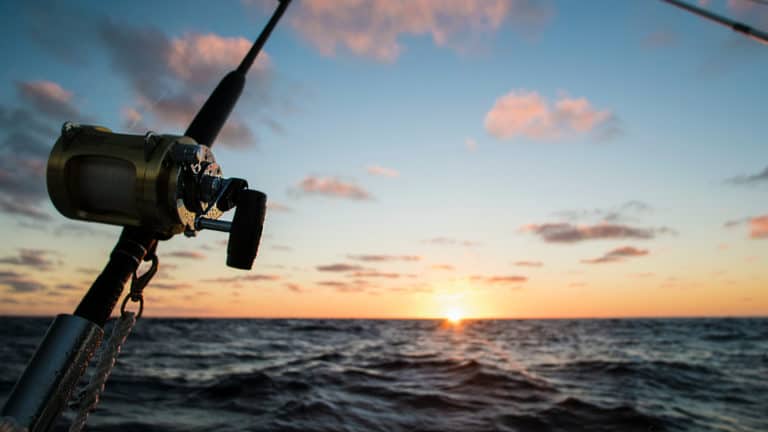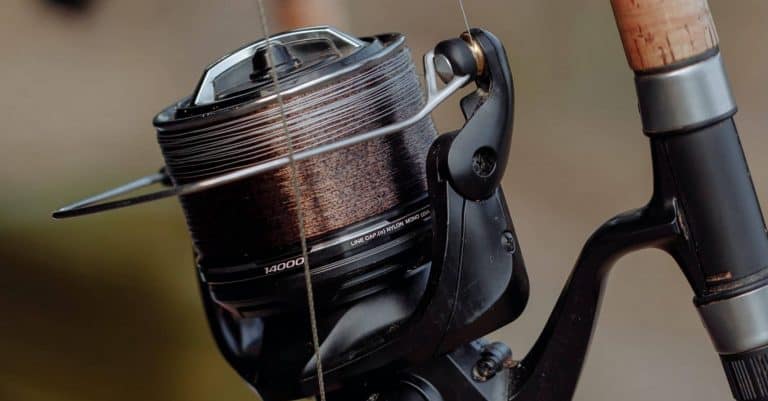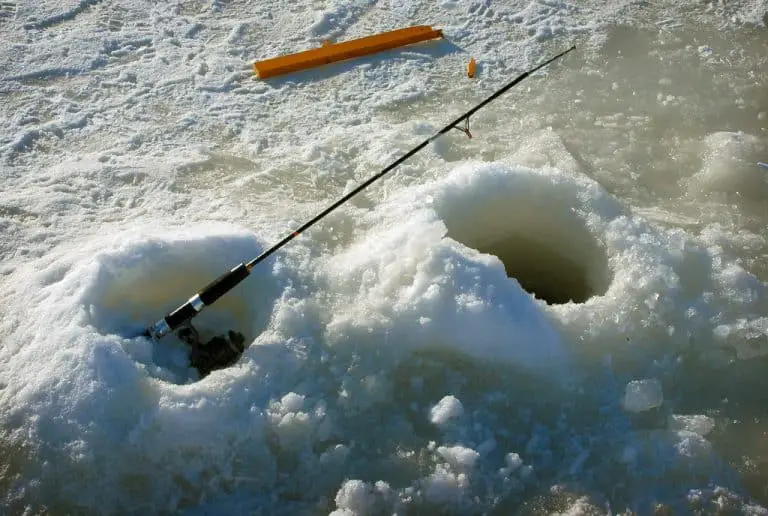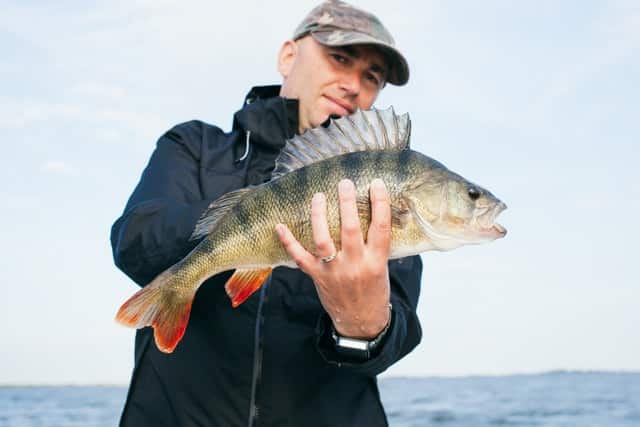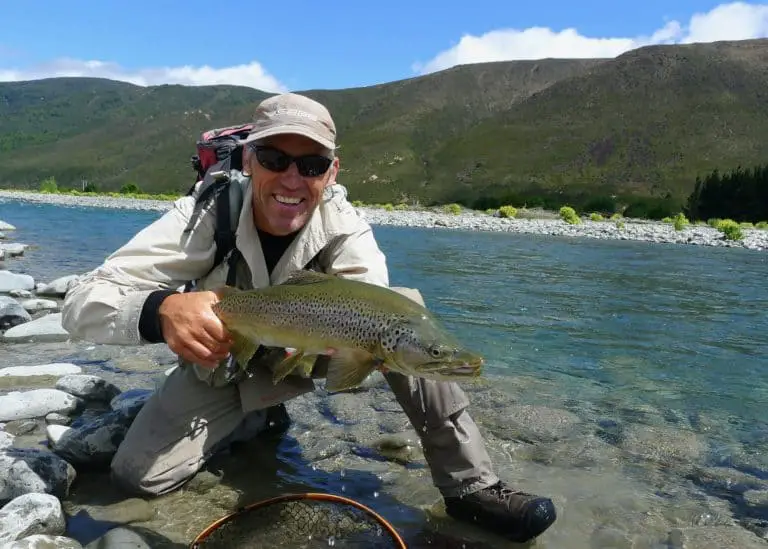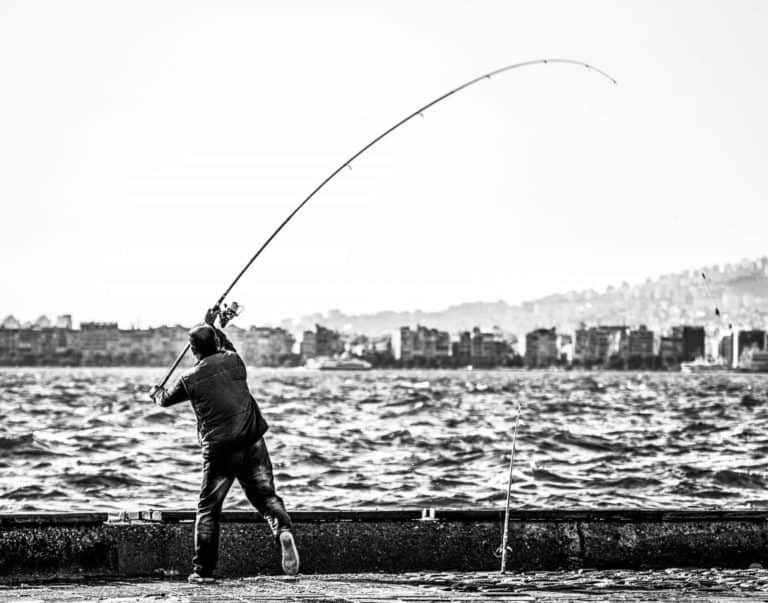7 Best Fluorocarbon Fishing Lines For Baitcasting & Spinning
Anyone who is serious about fishing knows how important selecting the right line is. There are many options available and all have their own advantages for different fishing situations.
Competitive anglers quickly realized that fluorocarbon fishing line is one of the best line choices, especially when going after ‘shy’ fish who are often put off by bright fishing lines.
Fluorocarbon lines used to be classed as premium and much more expensive than the alternatives, however in recent years the price of the best fluorocarbon fishing lines has dropped, and now recreational and hobbyist anglers can get in on the action.
Throughout this post, we will take a look at our recommendations for the best fluorocarbon fishing line and why you should consider it over the more commonly chosen mono and braid counterparts.
Table of Contents
Quick View: Best Fluorocarbon Fishing Line
-
Best overall fluorocarbon fishing line: Berkley Trilene Professional Grade
-
Best fluorocarbon mainline: Berkley Vanish
-
Great overall freshwater fluoro fishing line: Seaguar Red Label
-
Best value fluorocarbon fishing line: Kastking FluoroKote
-
Best co-polymer fluorocarbon line: RUNCL PowerFluoro
-
Best fluorocarbon line for heavy cover: Sunline Super FC Sniper
-
Least visible fluoro fishing line: Seaguar Invizx
Fluorocarbon Fishing Line Reviews
Why and when you should be fishing with fluorocarbon fishing line?
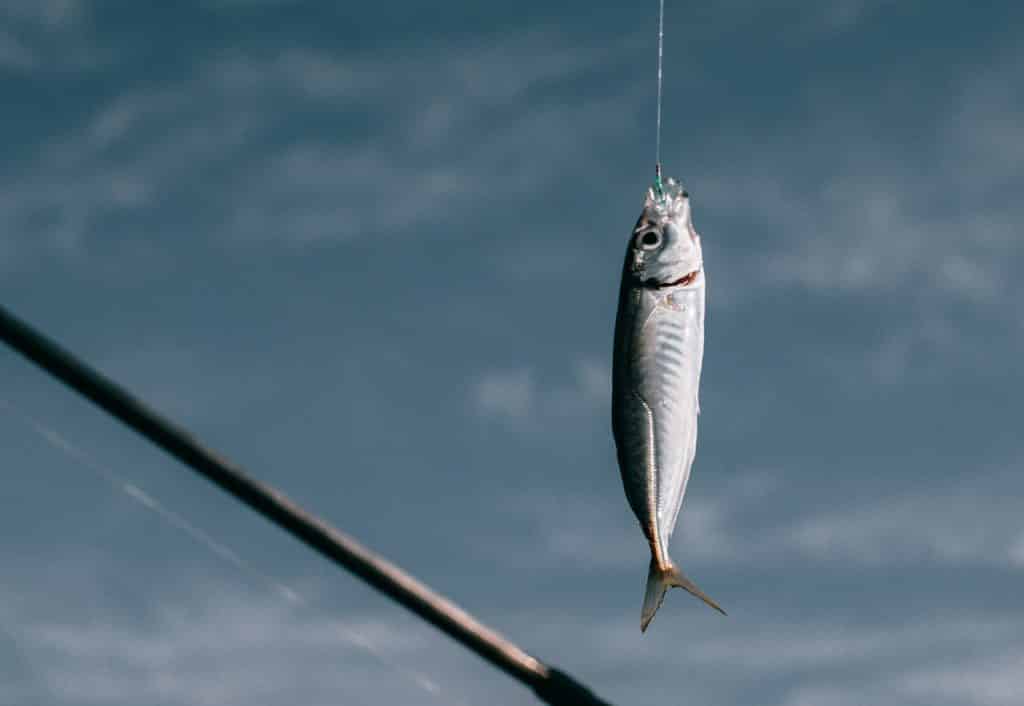
The main reason anglers opt to use fluorocarbon is the fact that it has the same light refraction properties as water meaning it is almost invisible to the fish.
This is an especially important factor to take into consideration when fishing in noticeably clear water or when looking to catch wary fish.
Another advantage of using this type of line is that it has exceptionally low stretch properties compared to monofilament.
If the angler needs to set the hook when using a monofilament line at distance it will prove trickier as this type of line will stretch considerably before enough exertion is placed on the hook to drive it home.
The low stretch property of fluorocarbon means that once the angler strikes, contact is made with the hook very quickly enabling the hook to be set easier and quicker.
As the molecules that go into the construction of fluorocarbon are more tightly packed than in monofilament lines, it also makes it much more sensitive enabling the angler to detect what is happening at the end of the line far easier, such as feeling for tentative bites or detecting when the lure is bouncing off the bottom.
Fluorocarbon is extremely tough which makes it more abrasion resistant compared to other lines which can be advantageous when working lures through snaggy areas such as weed beds and over rough ground.
The other added benefit of its toughness is that the sun’s harmful ultraviolet rays do no damage at all to this line, whereas nylon lines are weakened over time by UV.
So… What are the drawbacks of using fluorocarbon line?
Although there are advantages of using fluorocarbon, there are also some drawbacks that need to be considered.
One point that the angler should take into consideration when using fluorocarbon is the fact that it is not as well equipped to withstand sudden impacts as monofilament due to it having little to no stretch.
This could cause a problem such as a broken line if a large fish suddenly dives, so fishing with a slightly looser drag could help compensate for the lack of stretch.
It is important that the angler takes into consideration the type of lure or bait that is to be used when deciding whether to use fluorocarbon or not.
Fluorocarbon sinks considerably faster than monofilament, so it is not suitable when using topwater lures or when the angler wants to fish a floating bait such as bread crust.
If the angler wants to get a weightless lure down deeper and quicker or to pin a bait hard on the bottom fluorocarbon is a perfect choice.
It is also important that the angler is very careful when tying knots with fluorocarbon as slippage and line damage can occur.
Good knot tying skills are needed to prevent any line breakage. The best knot to use for tying a swivel or hook is the Palomar knot which is extremely easy to tie.
When tying fluorocarbon to a monofilament or braided line a tried and tested knot is the Double Uni Knot. To prevent friction damage when tightening the knot it is important to ensure the line is moist.
Best Fluorocarbon Fishing Line FAQs
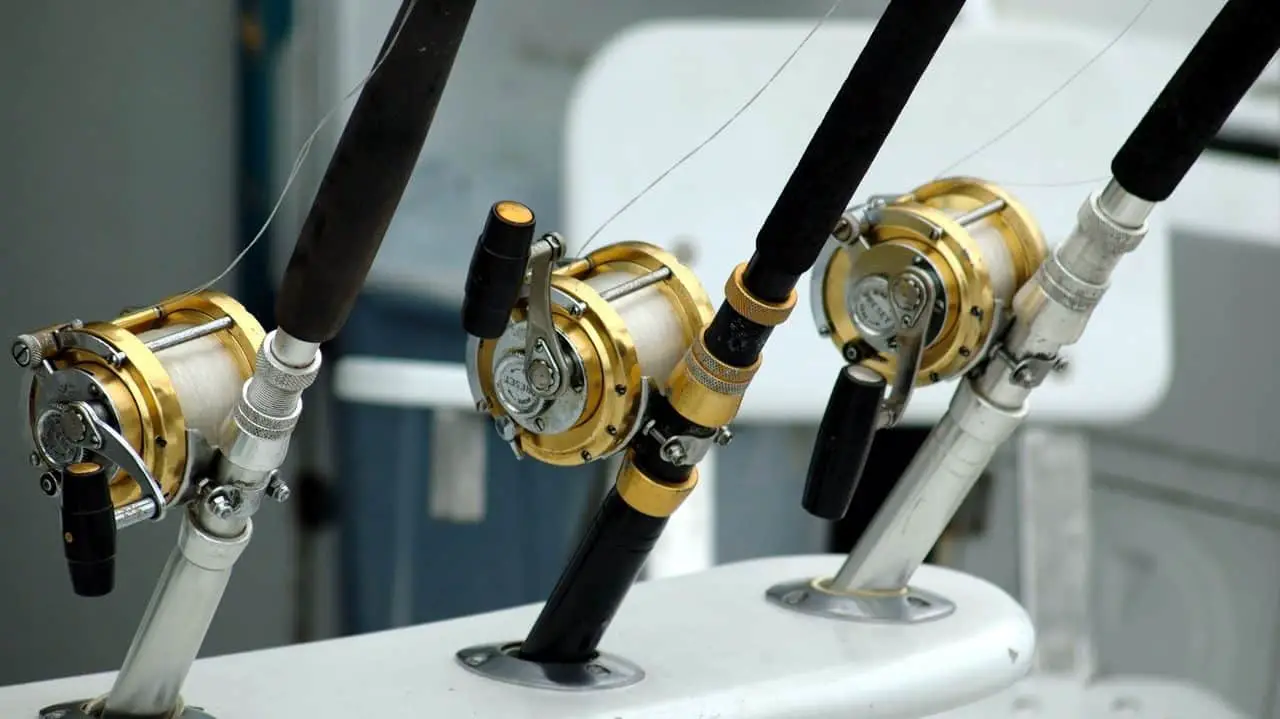
Why is fluorocarbon more expensive than a monofilament line?
It is all down to the materials that are used to manufacture the different lines.
Fluorocarbon is made from hydrogen, carbon, and fluoride which are more expensive and more difficult to use to manufacture fishing line than nylon which is what is used to produce monofilament.
How long does the fluorocarbon line last?
If care is taken and the line is cleaned after every use and checked regularly it can last up to 5 years which is approximately four times longer than standard monofilament.
Is fluorocarbon totally invisible underwater?
Fluorocarbon is as close as any line can get to the refractive index of water which makes it virtually invisible but not totally.
Can fluorocarbon be used in both fresh and salt water?
Yes, it can be used in any fishing environment.
Will extreme water temperatures influence fluorocarbon?
As fluorocarbon absorbs very little to no water, it will remain soft and supple in cold or warm water. It’s a great choice for ice fishing.
Can fluorocarbon be used on both spinning and bait casting reels?
Yes, fluorocarbon can be used on either style of reel.
Conclusion
Choosing the best fluorocarbon fishing line for spinning or baitcasting reels can be a tough choice. Especially when you could scroll through literally hundreds of options on the market.
The team at WSA prides ourselves on allowing people like you, spend less time behind a screen scrolling and more time outdoors doing what you love most, fishing.
We truly hope that this post has helped you discover the best fluorocarbon line and also gave you an insight into the different reasons we make fluorocarbon our mainline or leader.
Latest Posts:
- How To Adjust A Baitcaster
- Magnetic Vs Centrifugal Brake Baitcaster
- Baitcaster Brake Vs Spool Tension
- Do Underwater Lights Work For Ice Fishing?
- Does Gulp Work For Ice Fishing?
- How To Dress For Ice Fishing
- Using Glow Sticks For Ice Fishing
- 10 Best Ice Fishing Pants
- 10 Best Ice Fishing Lures For Bass
- Level Wind Reel vs. Baitcaster

